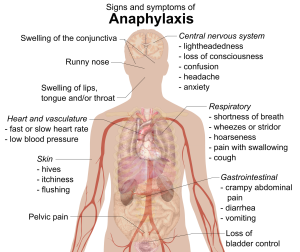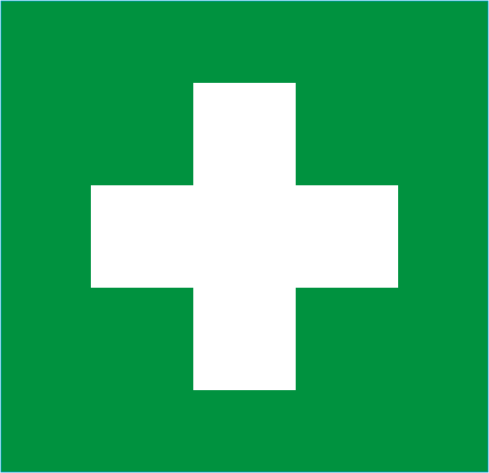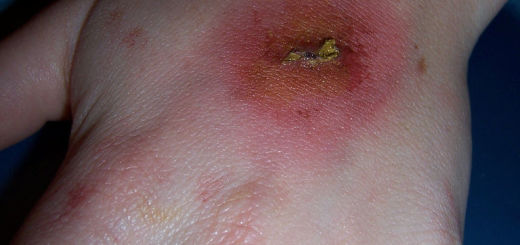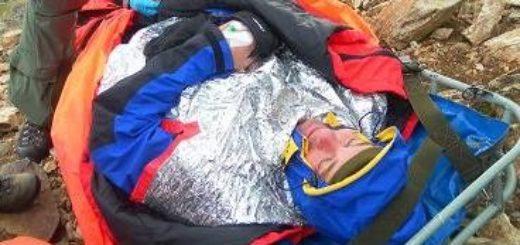First Aid for Major Allergic Reactions and Anaphylaxis
Most of us are allergic to something whether it be pets, pollen in the air or certain foods. Normally, the allergic reaction consists of mild discomfort and irritation such as a rash and doesn’t cause severe problems. In these situations a victim may take an anti-histamine tablet or apply anti-histamine cream to settle the symptoms.
However an increasing number of people suffer more severe allergic reactions, the most severe being anaphylaxis which is a life threatening whole body allergic reaction.
In first aid we don’t distinguish between a ‘major’ reaction and anaphylaxis, we treat these situations as if they indeed were anaphylaxis, it is better to be safe than sorry. What is initially a major reaction may progress into anaphylaxis.
As with mild allergic reactions there can be a whole range of triggers such as peanuts, shellfish, latex, bee stings etc.
When the body detects this allergen, it reacts by releasing a large amount of inflammatory substances such as histamine. These substances cause blood vessels throughout the body to widen, leading to a drop in blood pressure, and airways in the lungs to constrict and secrete mucus causing severe difficulty in breathing.
This often happens very quickly, possibly even seconds after coming into contact with the allergen. However the reaction can in rare cases be delayed up to 24 hours after the initial contact.
How Do I Recognise Anaphylaxis?

First of all, the person may tell you that they are allergic to something. Otherwise they may wear a bracelet around their wrist/neck/ankle with details of the nature and severity of their allergy.
The following are signs & symptoms of anaphylaxis. Remember each reaction will be different, and a person may not display all of these signs.
- Difficulty in breathing & speaking
- Generalised rash and swelling over the whole body
- Swollen tongue
- Feeling faint/dizzy possibly leading to collapse
- Nausea and vomiting
- Signs of shock – pale/cold/clammy/weak pulse
The difficulty in breathing is caused by constriction of the person’s airway. In addition, they can suffer a severe drop in blood pressure leading to them feeling faint and possibly collapsing.
First Aid for Anaphylaxis
Step 1: Call an ambulance immediately.
Step 2: If the casualty is carrying any medication, such as an auto-injector containing adrenaline then assist them to use it. The most common auto-injector is the Epipen however there are a variety of other brands in existence.
Step 3: If the casualty starts showing signs of shock, then lie them down with their legs raised to increase blood flow to the brain and vital organs. Otherwise, keep the casualty in the most comfortable position to help with their breathing.
Step 4: Reassure the casualty as they may be very anxious and frightened. Be prepared that they may collapse and stop breathing. If they do then you should commence Cardiopulmonary resuscitation (CPR) immediately.
Anaphylaxis Video
https://www.youtube.com/watch?v=9Qmzt94rRAw
Want to Learn More?
Why not sign up to our free online anaphylaxis awareness course!






